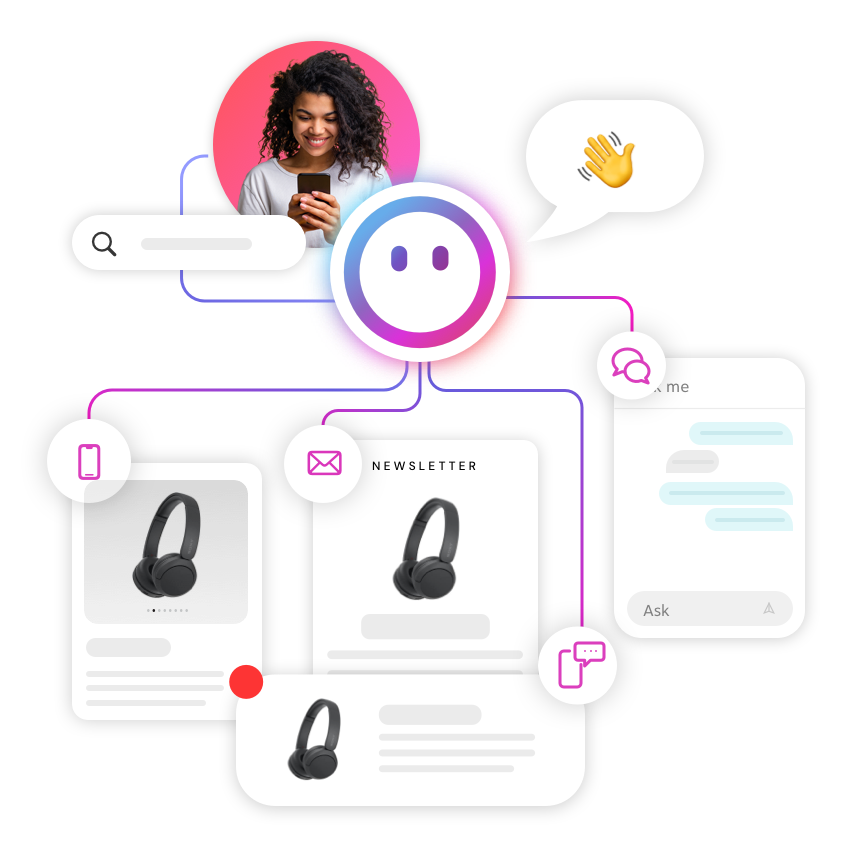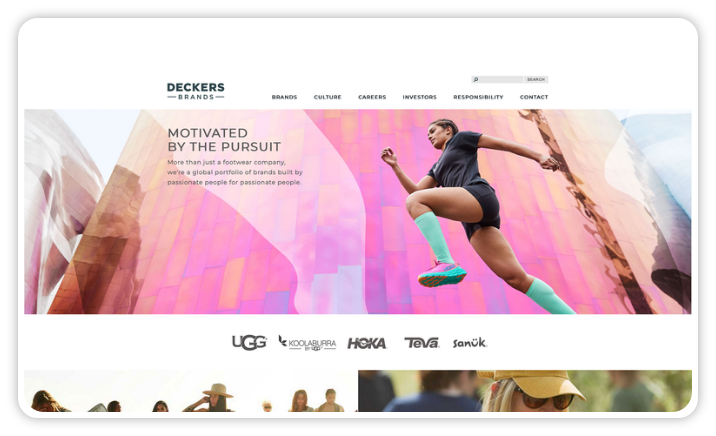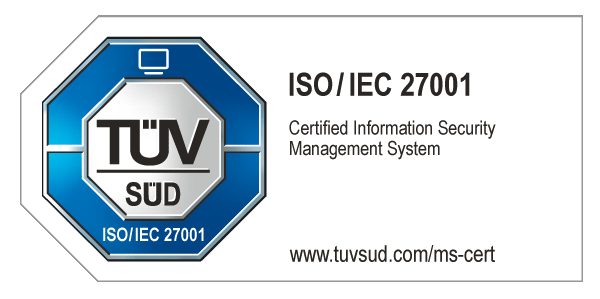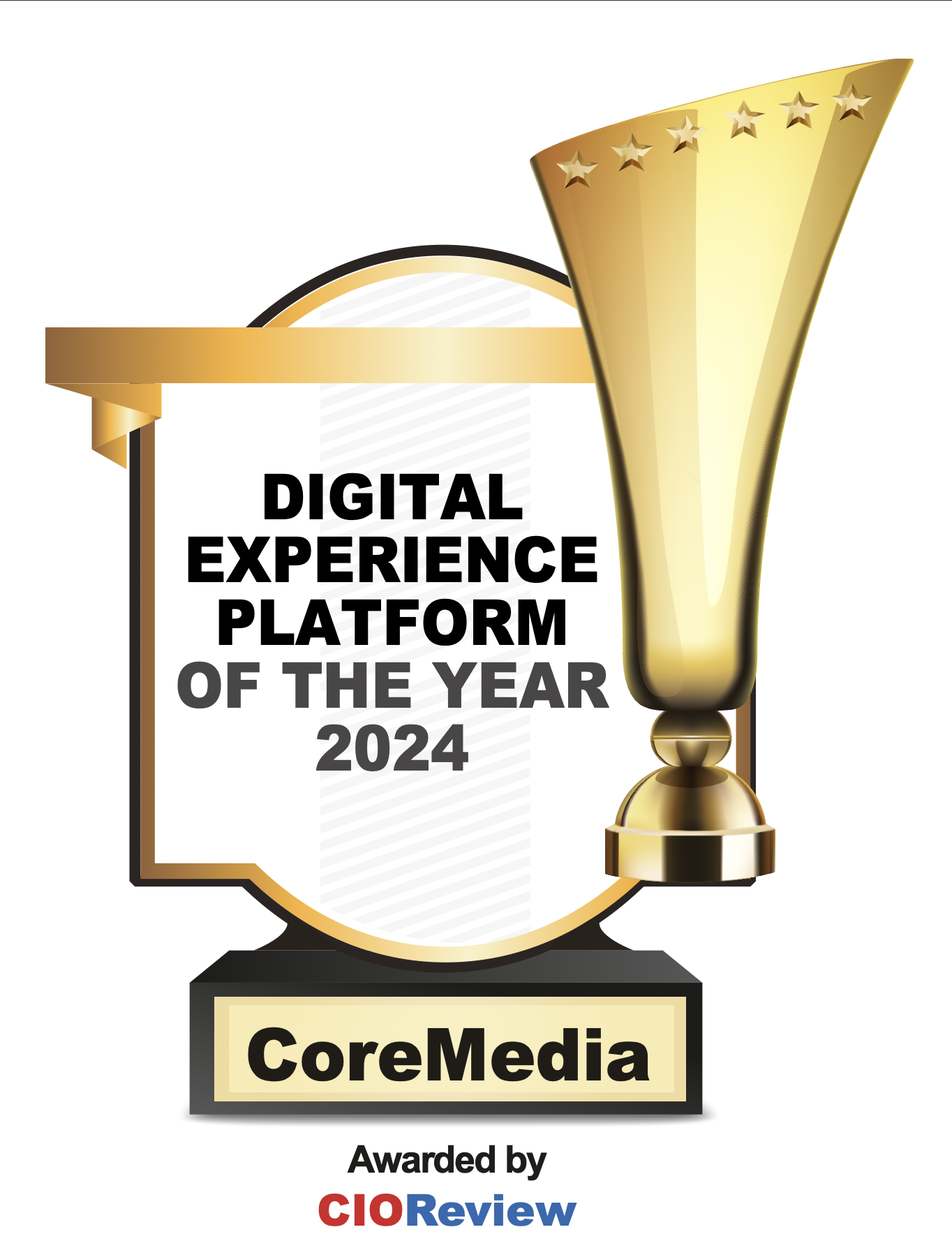The success of any business ultimately depends on its customers. Yet, in the rush to innovate, automate and grow, it’s easy to lose sight of the most vital question: how do your customers feel when they engage with your brand?
Research shows that companies with structured customer experience (CX) leadership and governance report higher revenue rates and outperform their competitors. But building this foundation isn’t always simple, especially because achieving a shared understanding of CX’s value across all teams and departments is a significant challenge.
This is where customer centricity becomes essential. It is not just a trendy term, but the foundation of a successful CX strategy. By rethinking your approach and prioritizing customer needs and experiences at every step, your business can go beyond merely surviving to truly thriving. In fact, studies have shown that customer-centric companies are 60% more profitable than those that are not customer focused.
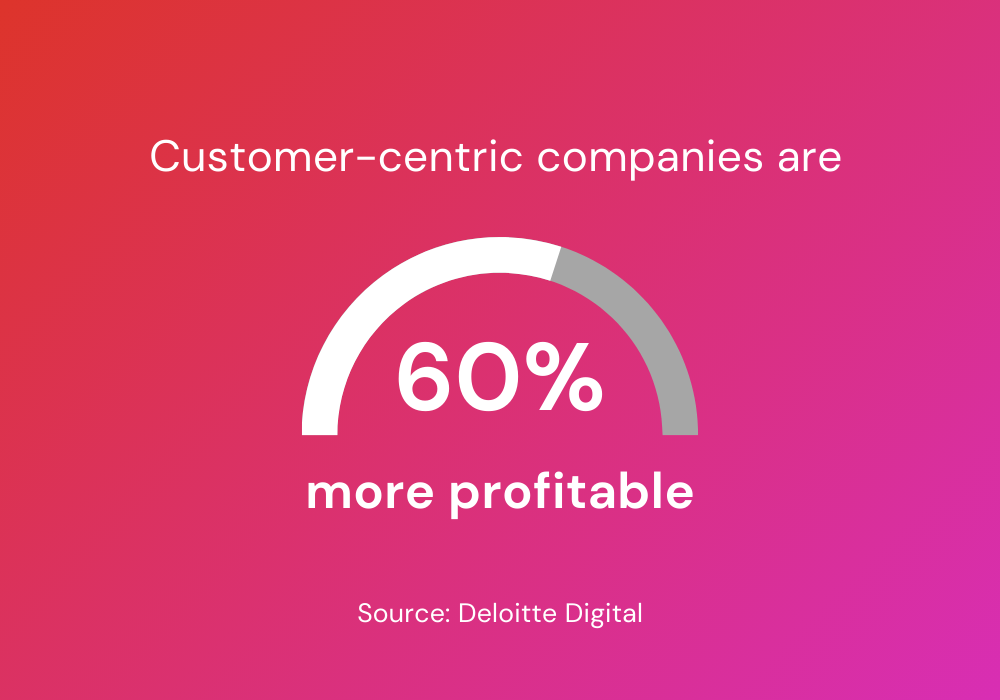
In this article, we’ll explore what customer centricity really means, why it’s essential and how to turn it into a competitive advantage for your organization.
What does it really mean to be customer-centric?
Being customer-centric is more than offering great service or responding quickly to complaints. It’s a mindset where every business decision and attitude, from the products you develop to the marketing messages you craft, is guided by the question: How will this benefit our customers?
A customer-centric business doesn’t just react to needs, it anticipates them. And it doesn’t just aim to close a sale, it aims to build long-term trust. However, this approach requires empathy, centralized data-driven insights and a commitment to making customers feel seen, valued and at the heart of every decision.
Why customer centricity matters
Customer centricity isn’t just a strategy, it’s a culture that should be deeply embedded in every organization. Only then will it resonate with the ultimate decision-maker: the customer.
If your customers aren’t satisfied, they won’t buy from you. And without customers, there is no business. However, when customers are satisfied and see value in your brand, the rewards can be enormous.
Customer loyalty and retention
Customers are more likely to stick with brands that understand them and consistently meet their expectations. Actually, 65% of customers expect companies to adapt to their changing needs and preferences.
This loyalty translates into repeat business and long-term growth. It’s a win-win situation.
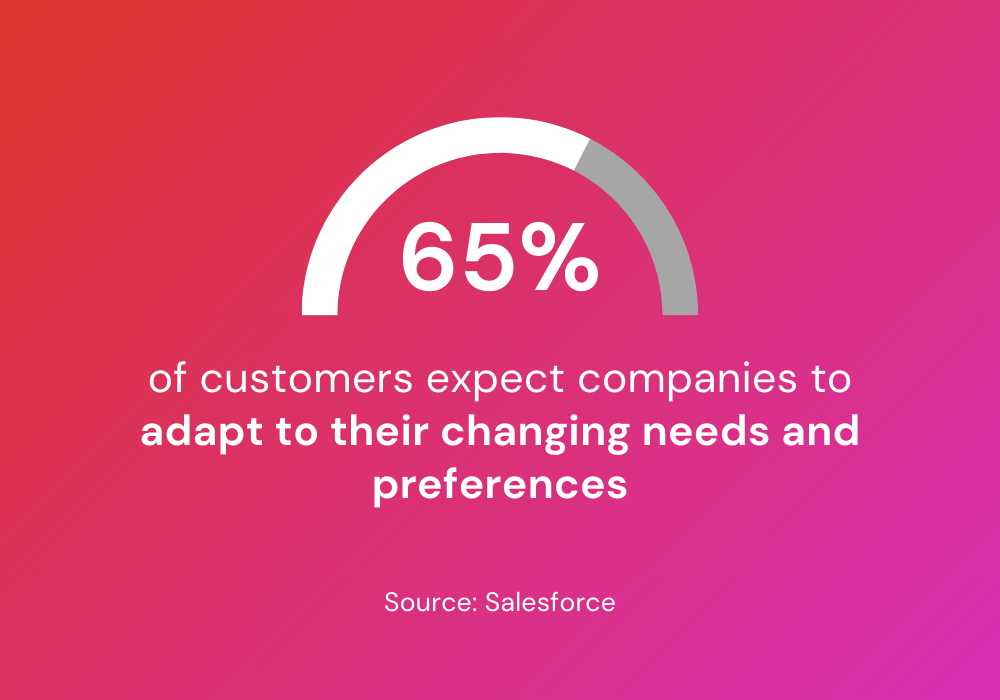
Increased revenue
Loyal customers are incredibly valuable. A 5% increase in loyalty lifts lifetime profits per customer as much as 78%.
Beyond making repeat purchases and recommending your business to others, their loyalty fosters a strong emotional connection with your brand. This bond often leads to customer advocacy or word-of-mouth promotion, which can be more influential and cost-effective than traditional marketing strategies, as recommendations from trusted sources are considered more credible.
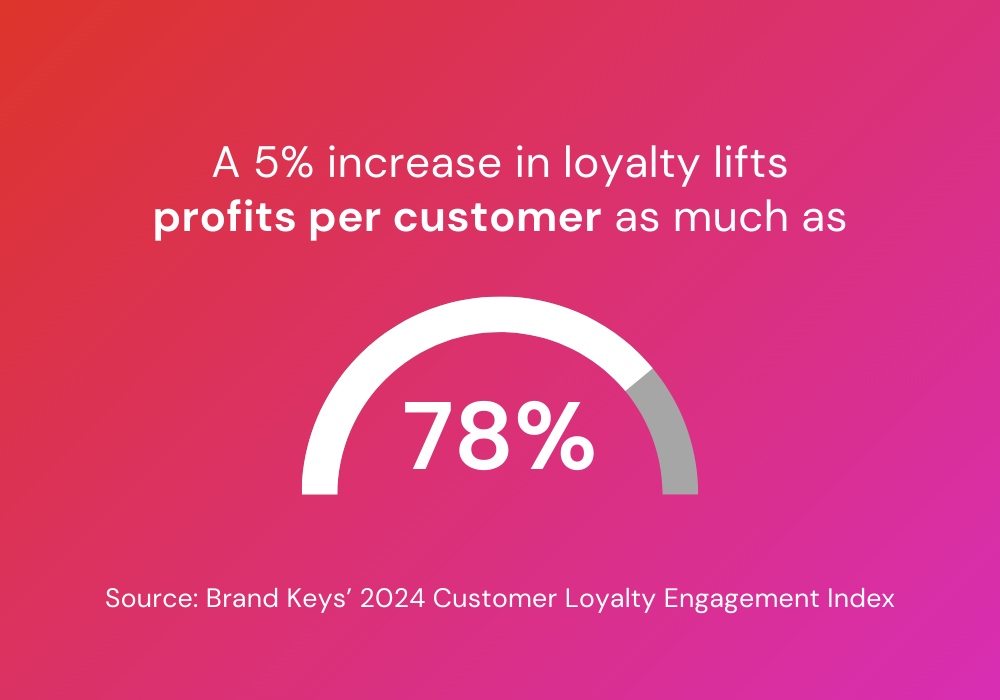
Stronger differentiation
In competitive markets, products and services often feel interchangeable. What truly sets businesses apart is how they treat their customers and the overall experience they provide. According to PwC, 73% of customers consider the experience a key factor in their purchasing decisions, and many are willing to pay more for qualities that matter most to them: 43% would pay extra for greater convenience, 42% for a friendly and welcoming experience, and 65% of U.S. customers find a positive brand experience more influential than great advertising.
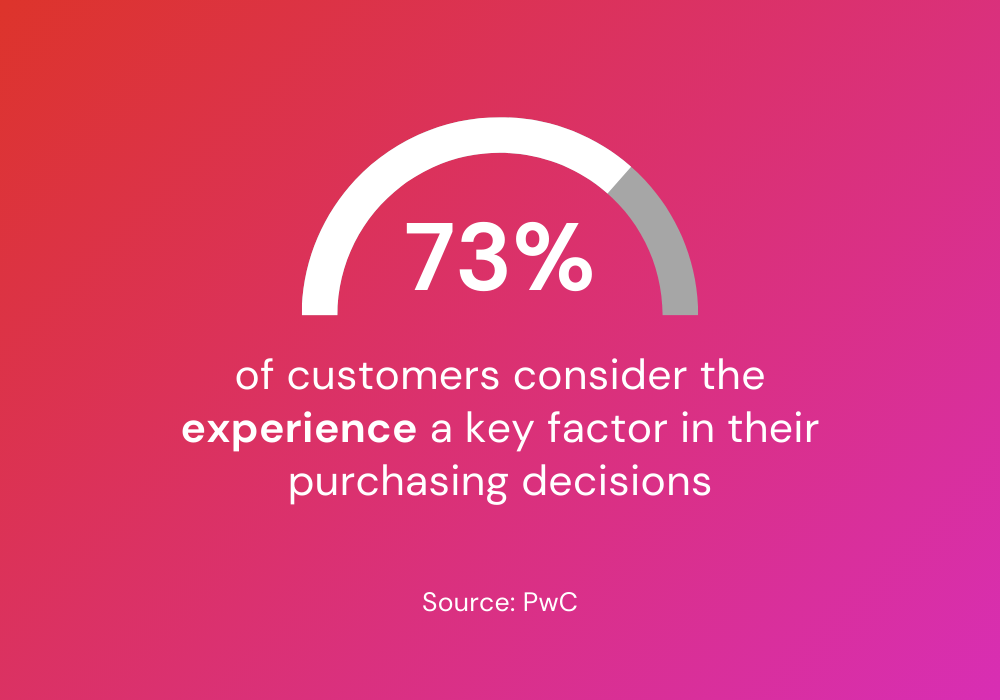
Better decision-making
A customer-centric approach encourages businesses to base decisions on real insights rather than assumptions. This often involves gathering and analyzing customer feedback, understanding their pain points and needs, and using that information to tailor offerings and interactions to better serve them.
By actively listening to your customers, you can adapt to their needs more quickly and effectively.
5 steps to build a customer-centric organization
Creating a customer-focused organization takes time and effort. Businesses must develop products, processes and an overall culture that prioritizes delivering an exceptional CX, spanning from initial discovery to purchase and beyond.
Here are a few steps to help businesses get started:
Understand your customers deeply
Spend time deeply understanding your customers' needs, preferences and pain points. Start by engaging directly with them through surveys, focus groups and customer journey mapping to collect detailed and actionable feedback. These methods can provide qualitative insights into how customers interact with your brand and where they encounter challenges.
To complement this, leverage data analytics to uncover patterns, track behaviors and identify trends over time. Leverage AI to analyze large data sets in real-time to uncover insights that reveal hidden opportunities, predict customer preferences, and enable hyper-personalized experiences at scale. This combination of qualitative and quantitative insights enables you to anticipate future needs, address recurring frustrations and tailor your offerings more effectively.
Foster empathy across teams
Customer centricity begins with your employees. Encourage them to see the business from the customer's perspective by sharing success stories, real-life examples and meaningful customer feedback. Take the chance to highlight the impact their work has on customer satisfaction and loyalty to create a sense of purpose and connection.
Additionally, provide training, tools and AI assistants to help employees better understand and address customer needs. A conversational AI operator assistant can provide instant insights, mood analysis and response suggestions, to free up employees from repetitive tasks to focus on building stronger, more personalized relationships with customers.
A culture of empathy not only strengthens internal collaboration but also improves the overall CX by fostering genuine, meaningful connections at every touchpoint. When teams are united around a shared commitment to empathy, it becomes easier to deliver exceptional service and build lasting relationships.
Streamline customer experiences
Customers expect their interactions with your brand to be straightforward, consistent and stress-free. Whether they’re purchasing a product, reaching out to customer service or exploring your website, every touchpoint should feel intuitive.
Focus on removing unnecessary complexities by simplifying processes and optimizing workflows. Ensure your website is user-friendly, customer service is accessible and responsive, and purchasing paths are clear. Consider tools like service configurators for complex products, click-to-call options for stuck users, or recovery workflows to help customers complete abandoned purchases. By creating a streamlined experience, you will reduce frustration, build trust and leave customers with a positive impression at every stage of their journey.
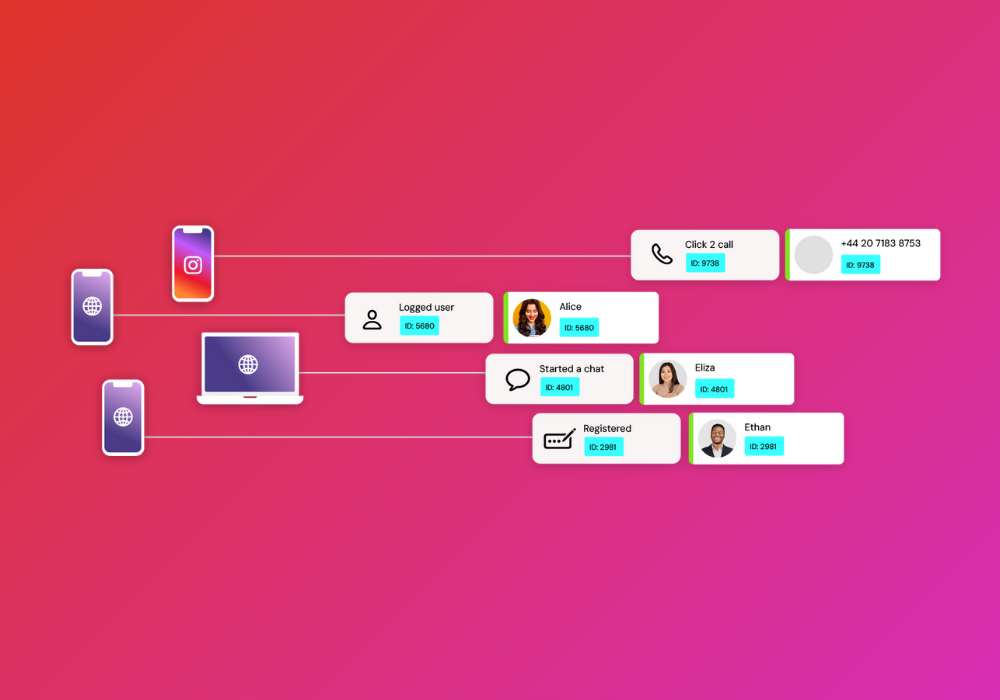
Close the feedback loop
Actively listening to your customers is only the first step. The real impact comes from taking action on their feedback. So, don’t just collect their insights. Instead, use them to create personalized, 1:1 experiences, but also to drive meaningful changes in your products or services. And when you implement a change based on customer input, make sure to communicate it back to them.
Letting customers know how their feedback influenced your decisions reinforces that their voice matters and builds trust in your brand. This approach strengthens customer loyalty and encourages ongoing engagement and open communication, creating a continuous cycle of improvement.
Equip your team with the right tools
Providing your team with the right tools is essential for delivering exceptional customer experiences. A seamless integration of a customer relationship management (CRM) platform, with an omnichannel experience platform and ecommerce solutions enable you to track interactions and create customer-centric experiences more efficiently.
However, technology should complement the human touch, not replace it. The right tools are the ones that empower your team to build stronger relationships, make informed decisions and provide thoughtful support. By balancing technology with genuine human connection, you can create a customer experience that is both efficient and empathetic.
Common challenges to customer centricity
While businesses recognize the value of putting customers first, several challenges can stand in the way of actually achieving this goal. Let’s explore some of them:
Breaking down silos
Many companies struggle with internal silos, where departments operate independently rather than collaboratively, leading to fragmented data and processes. This disconnect can lead to inconsistent customer experiences, as information fails to flow across teams. A unified, cross-departmental approach to customer engagement is critical for creating a seamless experience.
Navigating data privacy
Personalization often relies on customer data, but trust is crucial in this process. Today’s consumers are more selective about how their data is used, favoring transparency and control over their information. Businesses must prioritize ethical data practices, clearly communicating how data is collected and used. By fostering trust and leveraging zero- and first-party data responsibly, organizations can deliver highly personalized experiences while ensuring compliance with privacy expectations and building stronger relationships.
Aligning culture around customer needs
A customer-centric organization starts with an aligned culture that puts customer needs at the core. This means moving beyond product features and revenue goals to focus on how customers want to interact with your business. In order to achieve this, companies must ensure every employee, from frontline staff to leadership, shares a unified commitment to delivering exceptional customer experiences.
By designing the business from the customer’s perspective and addressing these challenges head-on, organizations can meet needs effectively and build lasting loyalty in such a competitive market.
Overcoming technological barriers
Implementing the right technology is essential for supporting customer-centric strategies. However, many companies face challenges with outdated or complex systems that prevent data sharing and integration. Investing in modern, flexible platforms that facilitate seamless communication and data flow across departments is key for gaining a comprehensive view of the customer.
By addressing challenges head-on and designing business operations from the customer's perspective, organizations can effectively meet their needs. However, it’s important to remember that this is an ongoing process that never ends.
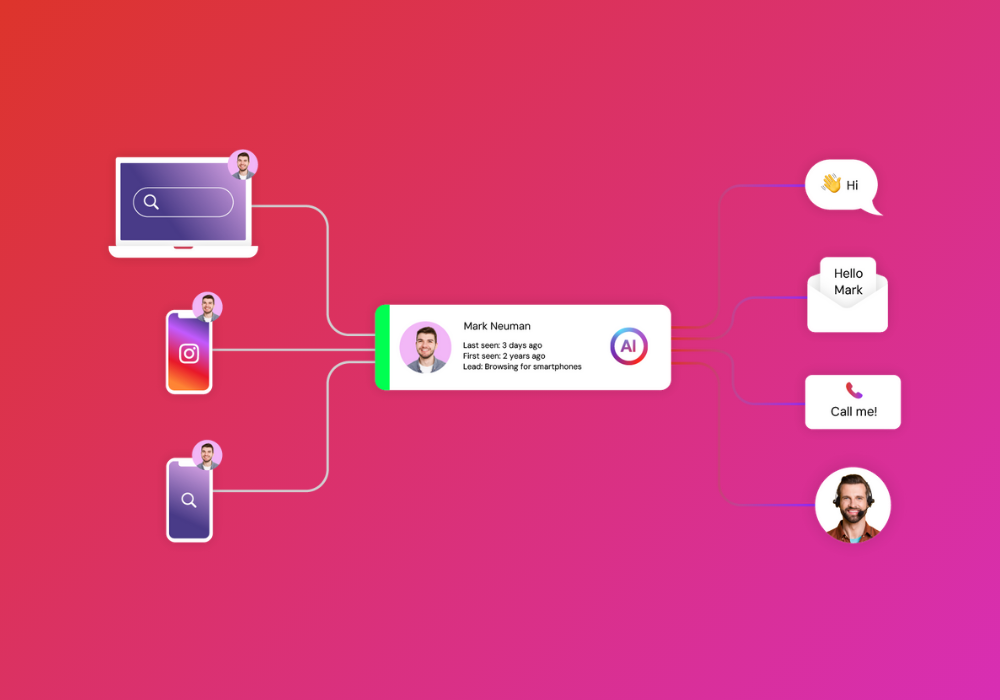
The human side of customer-centricity
At its core, customer centricity is about treating customers as people — not as data points or sales targets, but individuals with unique intricacies and preferences. The businesses that thrive are the ones that never lose sight of this.
Yes, technology can help, but it’s no substitute for genuine human connection. The right tech empowers teams to automate repetitive tasks, freeing up valuable resources to focus on meaningful customer interactions. And the end goal isn’t just to impress customers once, but to build a relationship that keeps them coming back and turns them into passionate brand ambassadors.
Nonetheless, the journey toward customer-centricity doesn’t require a complete overhaul all at once, and we’re here to guide you every step of the way. In fact, most of our customers are live in just 3-4 weeks. To help you get started and drive impact quickly, our experts provide end-to-end support, from planning to execution and optimization.
Starting small is key. By identifying and addressing your customers' most pressing pain points first, you can create meaningful improvements early on. Let customer feedback shape your next steps, and don’t forget to celebrate the progress you achieve along the way.
Together, we can build a foundation for long-term success. And the truth is: when you put your customers at the center of your strategy, the results will speak for themselves.
